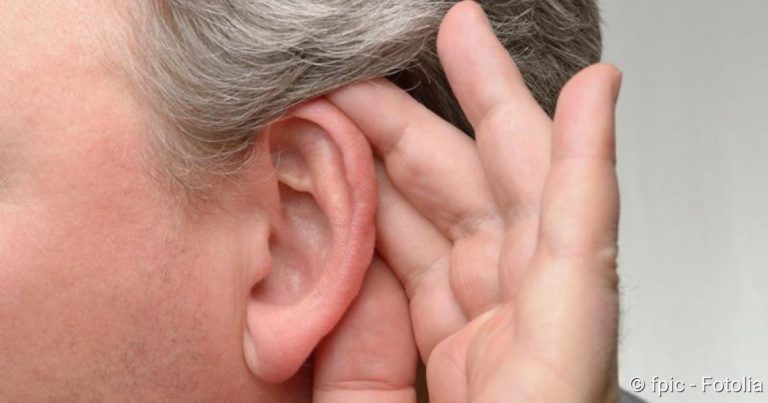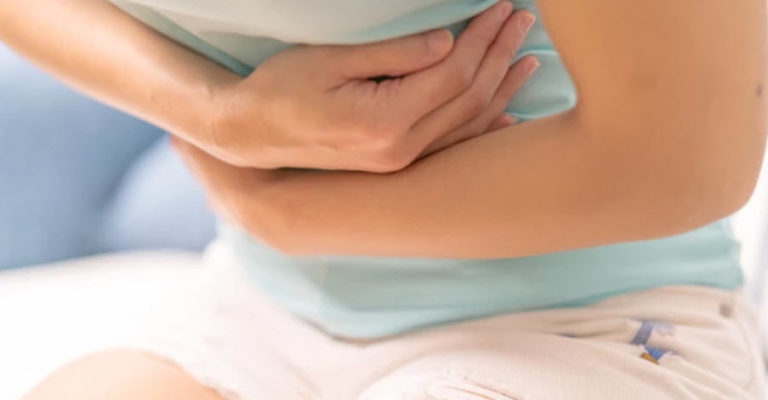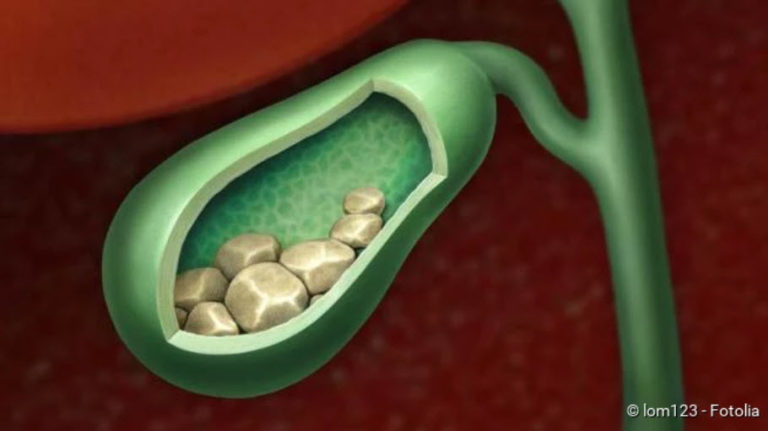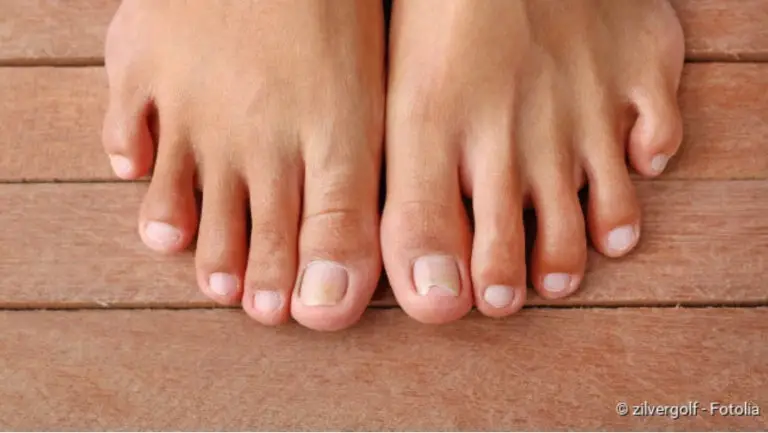Warts: description, treatment, infection
Warts: description, treatment, infection
Warts (verrucae) are benign growths of the skin caused by viruses. Children in particular often have a wart on their finger or other parts of their hand – even in plural. Warts on the face and feet are also common. Read all the important information on the topic: How do warts develop? Are they contagious? How can warts be prevented?
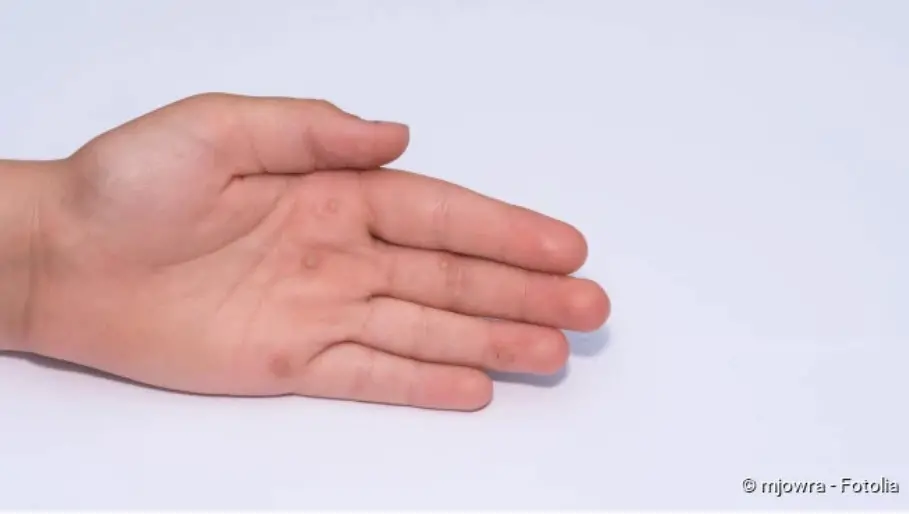
Brief overview
- Types of warts: common warts, brush warts, plantar warts, flat warts, “fake” warts (molluscum warts, age warts, pedunculated warts)
- Causes: Real warts are usually caused by human papilloma viruses (HPV). The molluscum contagiosum virus is responsible for molluscum warts. The exact cause of the age and stem warts is unknown.
- Risk factors: including skin wounds, weakened immune system, circulatory problems, tendency to allergies (atopy) or existing atopic disease (such as neurodermatitis), emotional conflicts and stress
- Treatment options: including freezing (cryotherapy), acid treatment (e.g. as a patch or ointment containing active ingredients), “burning” with electric current (electrocoagulation), laser treatment, ablation with a medical instrument (curette, sharp spoon, scalpel etc.)
- Prognosis: Warts are usually harmless and often disappear on their own (but often only after months or years). However, the relapse rate is high, whether with or without treatment.
Types of warts
Warts (verrucae) are small, sharply defined growths (tumours) of the epidermis. They are caused by viruses, in most cases by human papilloma viruses (HPV). Warts are particularly common in children and young people. But in principle you can get verrucae at any age.
There are different types of HPV. Depending on which type of virus is responsible for the infection and where it is located, different types of warts develop morphologically. There are also some skin changes that look like warts but are of different origin. In the following you will find a description of the most important real and fake warts as well as possibilities of treatment (general information about wart treatment can be found below):
Common warts (Verrucae vulgares)
Common or common warts are the most common form of virus warts. Other names are vulgar wart, skin or spinal wart. These skin nodules can form anywhere on the body. The most common location of such warts is on the hand or foot. A wart on the finger is often located near the edge of the nail (periungual).
Most common warts are pinhead to pea-sized. Their initially smooth surface becomes fissured and keratinized with increasing growth. In addition, the first skin-coloured skin growths gradually take on a dirty yellow colour. They sometimes appear individually (solitary). However, they are often observed in larger numbers.
Usually verrucae vulgares do not cause pressure pain and itching. If you do not want to wait until the skin nodules heal on their own, you can try various options for wart treatment. These include, above all, freezing (with liquid nitrogen) and acid treatment (for example with salicylic acid). Occasionally other methods are used, such as laser therapy.
Brush warts (Verrucae filiformes)
It is a special form of common warts with a long, thread-like stem. They form especially in older people on the face (on the eyelids, lips, nose) or neck. Occasionally they itch. In addition, brush warts can be irritated or injured when washing, drying or shaving. Above all, the thread-like or spiky looking warts on the face are often perceived as cosmetically disturbing. That is why many affected people have them removed by the doctor, for example by freezing (cryotherapy), acid treatment or laser treatment.
Plantar verrucas (Verrucae plantares)
In contrast to common warts, plantar warts are not raised, hemispherical skin growths. Instead, mandrel nipples are pressed inwards. This is because they usually form on the sole of the foot: The body weight on them presses the warts inwards into the subcutis. In addition, unlike common warts, plantar warts are usually quite painful. Every step can be uncomfortable for those affected.
Thorn warts can occur if you get infected with the triggering viruses (HPV) when walking barefoot in a swimming pool, gym or communal shower. To get rid of them, you can stick a salicylic acid patch on. It softens the horny layer, so that it can be easily sanded off during a warm footbath. Another therapy option is to freeze the plantar warts (cryotherapy). They can also be “burned” with electric current (electrocoagulation) or removed with a special medical instrument (“sharp spoon“).
You can read more about the appearance and treatment of painful plantar warts in the article Thorn warts.
Flat warts (Verrucae planae juveniles)
If the warts on the face or hands are not very prominent, they are probably so-called flat warts or planar warts. Occasionally this type of wart also forms on other parts of the body. Flat warts are most frequently observed in children and adolescents. They are therefore also called juvenile warts.
Triggers of this wart form are – as with other real warts – human papilloma viruses. A weakened immune system can promote infection with these viruses. Especially children often scratch their flat warts. Then new flat warts can form along the scratch mark because the viruses are distributed with the nails.
Flat warts are harmless and often disappear on their own. If you do not want to wait for it or if you suffer very severely and flat warts, you should talk to your doctor about treatment options. For example, flat warts can be dissolved with vitamin A acid or salicylic acid (possibly in combination with UV irradiation). They can also be frozen (cryotherapy) or “burned” with electric current (electrocoagulation). Sometimes they are also ablated with a special surgical instrument (curette) or removed using laser therapy.
You can read more about this in the article Flat warts.
Dell’s warts (Mollusca contagiosa)
Dell’s warts are not real warts – despite their name and similar appearance. They are not caused by human papilloma viruses. Instead, the molluscum contagiosum virus is the trigger for these wart-like, harmless skin nodules.
Usually, molluscic warts appear in groups on one or two skin areas. In some people, however, they are also found loosely distributed over the body. The genital region of adults is most commonly affected by molluscum contagions. In contrast, other parts of the body are often affected in children, such as the face, neck or armpits.
Inside them, molluscum warts contain an infectious secretion. If you come into contact with it, you can get infected quite easily (smear infection). This is especially true when your own skin is softened (for example, when you go to the swimming pool or sauna). Then the triggering viruses can penetrate the skin more easily. Wounds, fungal infections of the skin and neurodermatitis also favour an infection with the Dell’s wart pathogens.
Usually Dell’s warts disappear on their own. But they can also last for years. Similar to flat warts, they can be removed with salicylic acid or vitamin A acid. But they can also be removed with a surgical instrument. There is also the possibility of irritation treatment: by applying an irritating liquid, the skin in the area of the molluscicles becomes inflamed. This should help them heal faster.
You can read more about this topic in the article about Dell warts.
Age warts (Seborrheic keratosis)
Senile warts are also not real warts, even if they resemble them. Their cause is unknown. However, it is known that they are not caused by viruses – neither by HPV nor by other virus types. Age warts are therefore not contagious.
The name of these wart-like skin nodules comes from the fact that they occur mainly in older age. They form preferentially on the face, chest and back, on the backs of the hands as well as on the front sides of the arms and legs. Their appearance is very variable. Therefore, physicians distinguish between different forms of age warts, for example pedunculated age warts and stucco keratoses.
Because age warts are harmless and usually do not cause any discomfort, they usually do not have to be removed. If you still want to get rid of them, you should consult a doctor (as with other warts): One can remove age warts with a surgical instrument (curette, sharp spoon, scalpel) or with laser. Pedunculated warts can be removed from an electrical loop.
Everything important about these widespread, harmless skin growths can be read in the article Age warts.
Stem warts (fibroids)
Stem warts are not real warts either. It is rather a matter of soft, benign growths of certain skin cells. Her medically correct name is soft fibroids.
Almost everyone gets the small, stalked, skin-colored skin appendages sooner or later. Why this is so, we don’t know. However, since stem warts are more common in some families, experts suspect a genetic predisposition.
Just like age warts, stem warts are harmless and not contagious. But they can be cosmetically disturbing. Sometimes they are also mechanically disturbing. For example, in the case of stem warts in the neck area, thin necklaces or fine silk scarves can get caught on them. In such cases, patients can have their stem nipples removed by a doctor – by laser, electric current (electrocoagulation) or with the help of surgical scissors.
You can learn more about these pedunculated skin appendages in the article pedunculated warts.
Warts: causes and risk factors
Real warts are mostly caused by human papilloma viruses (HPV): The pathogens penetrate skin cells via small injuries and cracks and trigger uncontrolled cell proliferation. The intruders force the human host cells to produce further viruses.
The pathogens are different types of HPV. For example, common (vulgar) warts are usually caused by HPV types 1, 2, 4 and 7. HPV types 1, 2 and 4 can also be mainly detected in plantar warts. In contrast, flat warts (Verrucae planae juveniles) are generally caused by HPV type 3.
Incidentally, certain types of human papilloma viruses are involved in the development of several types of cancer (such as cervical cancer and penis cancer). However, these are not the virus types responsible for the traditional verrucae. Caution is only necessary with the so-called genital or genital warts (condylomata).
Genuine warts are not caused by HPV: Dell’s warts are caused by viruses of the Molluscum contagiosum type. The cause of age warts is unknown. The same applies to stem warts.
Risk factors for warts
Various factors can promote the formation of verrucae, especially the most common form, verrucae vulgares. These risk factors include increased sweating (hyperhidrosis), disturbed blood circulation in fingers and toes (acrocyanosis) and a weakened immune system. People with a tendency to allergies (atopy) or an already existing atopic disease (such as neurodermatitis) are also particularly susceptible.
Mental conflicts and stress also seem to increase the risk of illness. Affected adults are also often smokers.
Are warts contagious?
Viral warts are contagious (infectious): the viruses are transmitted directly from person to person, sometimes also indirectly via towels or razors. Between the infection and the appearance of the first verrucae (incubation period), four weeks to eight months can pass.
It is particularly easy to become infected with wart viruses if the skin is injured. Moist or softened skin also has a beneficial effect. This is why it is particularly easy to become infected in the swimming pool, sauna and shared showers, for example. In addition, people who have frequent contact with the triggering viruses or affected people (such as children) are at risk.
Someone who already has the small skin growths can further infect themselves (autoinoculation). So the verrucae can spread on the body: The viruses are transmitted, for example, by scratching open the skin nodules to neighbouring or more distant parts of the body, where they can also settle.
Not infectious are “fake” warts that are not caused by viruses (age warts and pedunculated warts).
Warts: examinations and diagnosis
Normally verrucae are harmless. A visit to the doctor is only necessary if the small skin tumours are cosmetically disturbing and need to be removed or if they occur in the genital area. You should also see a doctor if
- a wart is bleeding or inflamed,
- Warts on other skin diseases (such as neurodermatitis) develop or
- Dell’s warts spread quickly.
In the case of age warts, there is a danger of confusion with skin cancer under certain circumstances. So if you are not sure that warty skin nodules are actually harmless age warts, you should also see a doctor.
Diagnosis Is Usually Simple
The diagnosis of verrucae is generally not difficult for a doctor. He can usually recognise the small, benign skin tumours by their appearance alone. In addition, the shape, structure and location of the growths in most cases also provide information about which type of wart is involved.
However, if the doctor is not quite sure, he can take a tissue sample from the skin nodules and have it examined in the laboratory for fine tissue (histological). In individual cases, attempts are also made to detect the pathogens (human papilloma viruses) in the sample.
Warts: treatment
Most warts do not cause any discomfort and sooner or later disappear on their own. There is then no medical reason why the warts should be removed.
However, if you find the small skin growths to be cosmetically disturbing, you should discuss with a doctor how to remove your warts. The same applies to warts that cause discomfort, such as plantar warts on the sole of the foot, which make walking very painful.
How can warts be removed?
“What helps against warts?” With this question many affected people turn to their pharmacist or doctor. The answer is that there are different methods and remedies for warts. Which strategy is most sensible in each individual case depends, for example, on the type and number of warts and their location.
Dissolving the horny layer
Various acids can remove warts by dissolving their horny layer. Mostly salicylic acid is used for this purpose, sometimes another acid like lactic acid is used. If you want to remove flat warts on the face, vitamin A acid is usually used. The acids are available as solutions, creams or plasters in pharmacies – usually without a prescription.
Read the package insert before using the product for the first time. It tells you exactly how to use the product in question. In general, a solution or cream must be applied to the warts several times a day for several weeks. A patch is worn for a few days (possibly with repetition).
Under the influence of acid, the horny skin layers dissolve. You must remove them carefully and regularly, for example with a file or a corneal plane. Take care that surrounding skin areas are not injured and that wart viruses are not transmitted to them. Otherwise new warts will develop on these injuries.
Ice warts (cryotherapy)
The doctor can freeze warts by carefully applying liquid nitrogen. When it evaporates, an extreme cold develops, which destroys the uppermost layer of skin. Icing must be repeated several times, only then can the warts be removed permanently. At least one week must elapse between the individual sessions.
The application of the liquid nitrogen can cause a short, stabbing cold pain. As a result, the skin usually reddens and swells slightly. A blister may also form. It then usually takes several days for the warts with crust formation to heal. If the cryotherapy is carried out with care, no scar will be left behind.
The removal of warts by means of icing is not permitted in all cases. For example, the method is not suitable for people with a diabetic foot or with “window dressing” (peripheral arterial occlusive disease, PAD). Icing of warts on the foot can additionally disturb the already poor blood circulation, damage the nerves and cause poorly healing wounds. Cryotherapy is also unsuitable for removing a wart in Raynaud’s syndrome (disease-related reduced blood circulation in fingers and toes).
It is not necessary to go to the doctor to remove warts with the help of cold. Pharmacies now offer over-the-counter icing pens for self-treatment at home. However, these are less cold than the liquid nitrogen that the doctor can apply. Furthermore, the effectiveness of such icing pins has not yet been scientifically proven.
Warts removal: Other methods
There are other remedies for warts. So far, however, there is no clear evidence that they really help, or that they work better than acids or icing.
For example, special ointments and solutions with active ingredients that inhibit cell growth (5-fluorouracil) or viruses (Aciclovir etc.) should also be able to remove warts. Sometimes various drugs are injected directly into the warts, such as 5-fluorouracil or substances that influence the immune system (interferons).
In addition, warts can be removed with the help of curettage: The skin nodules are scraped off with a special medical instrument (curette). They are often pre-treated with acid beforehand.
Some people have their warts lasered, i.e. heated up and destroyed by a laser.
In photodynamic therapy, a special gel is applied to the wart. Leave it for about three hours and then irradiate the wart with light. Certain ingredients in the gel are activated and destroy the skin tumor.
The old method of cutting out warts is only used very rarely today. This can lead to infections and cosmetically disturbing scarring.
Home remedy for warts
Various medicinal plants are said to be very helpful if you want to remove warts. For example, the milky juice of the celandine is said to eliminate the small skin tumours if you dab it on several times a day. In the same way, you can treat warts with the latex of the dandelion or a solution from the foot leaf root. This should also be able to remove the small skin nodules.
Many naturopaths also rely on the anti-viral power of tea tree oil for the treatment of warts. It is applied in diluted form to the wart several times a day. Garlic could also be effective against wart viruses: The use of a high-dose garlic preparation should also help to remove warts.
Warts: course and prognosis
Warts are generally harmless. As soon as the body is able to successfully combat the triggering viruses, they disappear again on their own. However, this can take weeks to months. Studies of affected school children and adolescents showed that about fifty percent were free of warts after one year and about seventy percent after two years. There are no comparable studies in adults.
How quickly the small skin growths disappear again in individual cases depends on various factors. For example, the type of virus and warts and the state of the immune system play a role. Thus verrucae can be very persistent in people with a weakened body defence.
Once warts – with or without treatment – have healed at some point, however, they are not immune to them in the future. On the contrary: the relapse rate (recurrence rate) is high
Tips for prevention
Some measures may be able to prevent people from becoming infected or transmitting the virus to other people:
- Do not share towels, shoes and socks with other people.
- Do not walk around barefoot in swimming pools, communal showers, gymnasiums and changing rooms.
- Cover existing warts with a waterproof plaster before swimming.
- Don’t touch the Verrucae.
You should also avoid scratching warts. Otherwise, you may transmit the viruses it contains to other parts of your body or to other people

